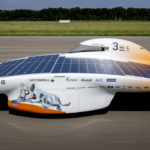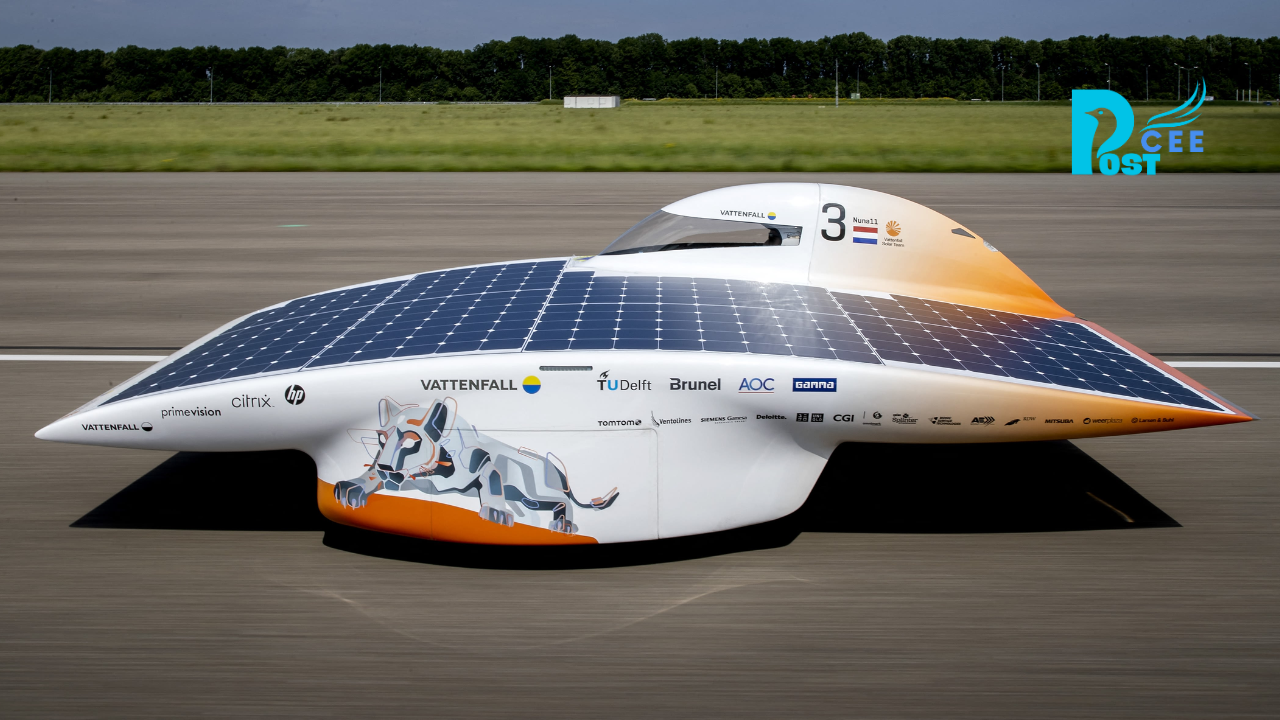In a significant leap towards sustainable transport, the world has witnessed the introduction of its first solar-powered electric vehicle (EV) entering production. This groundbreaking development not only represents a shift in how vehicles are powered but also marks a pivotal moment in the global effort to reduce carbon emissions and combat climate change. Here, we explore the features, potential impacts, and diverse perspectives surrounding this innovative vehicle.
Revolutionizing Green Transportation
The solar-powered electric car is designed to harness energy directly from the sun, using photovoltaic cells integrated into the vehicle’s surface. This technology allows the car to charge while driving during the day, potentially reducing the dependency on traditional charging stations. The initiative behind this technology boasts several key statistics that underline its revolutionary potential:
- The vehicle can generate an average of 20 to 40 kilometers (12 to 25 miles) of driving range per day from solar energy alone, depending on weather conditions and the intensity of sunlight.
- It’s equipped with a battery pack that promises a total range exceeding 400 kilometers (approx. 250 miles) on a single full charge, ensuring practicality for daily commutes and long journeys alike.
- Solar charging capabilities could save up to 2,000 kg of CO2 emissions per vehicle each year, assuming a standard usage pattern.
Despite the lack of direct links in this context, these statistics are commonly reported by innovators in the sector, such as Aptera and Lightyear, companies that have been pioneering in solar EV technology.
Design and Efficiency
The design of the solar-powered electric car emphasizes aerodynamic efficiency and lightweight construction to maximize the benefits of solar charging. Employing cutting-edge materials and engineering, the vehicle seeks to reduce energy consumption to a minimum while ensuring durability and safety. Its sleek and futuristic design does not merely serve aesthetic purposes but significantly contributes to its overall efficiency, allowing it to convert sunlight into energy more effectively.
Perspectives and Implications
Environmental Impact
The introduction of a solar-powered EV is heralded as a major step towards reducing the automotive industry’s carbon footprint. By leveraging renewable energy directly, it minimizes reliance on fossil fuels and electricity from potentially non-renewable sources for charging batteries.
Industry Challenges
However, some industry analysts express concerns regarding the current limitations of solar technology. The efficiency of photovoltaic cells under various weather conditions and their long-term durability are subjects of ongoing research. Moreover, the higher initial production costs could pose challenges in terms of market competitiveness against traditional EVs.
Consumer Acceptance
From a consumer perspective, the novel concept of a solar-powered car is intriguing but also raises questions about practicality in regions with less sunlight. The infrastructural readiness to support such vehicles, including maintenance and repair services, could also influence consumer adoption rates.
Concluding Thoughts
The initiation of production for the world’s first solar-powered electric car signifies a bold innovation within the automotive sector, aiming to pave the way for a more sustainable and eco-friendly mode of transportation. While it brings promising environmental benefits, the journey ahead involves addressing technological challenges and market acceptance. As the technology matures and becomes more accessible, it holds the potential to play a crucial role in the global transition to renewable energy sources.
This development is closely followed and reported by technology and environmental platforms such as Electrek, The Verge, and CleanTechnica, where more detailed information and insights into the progress and impact of solar-powered electric vehicles can be found.















